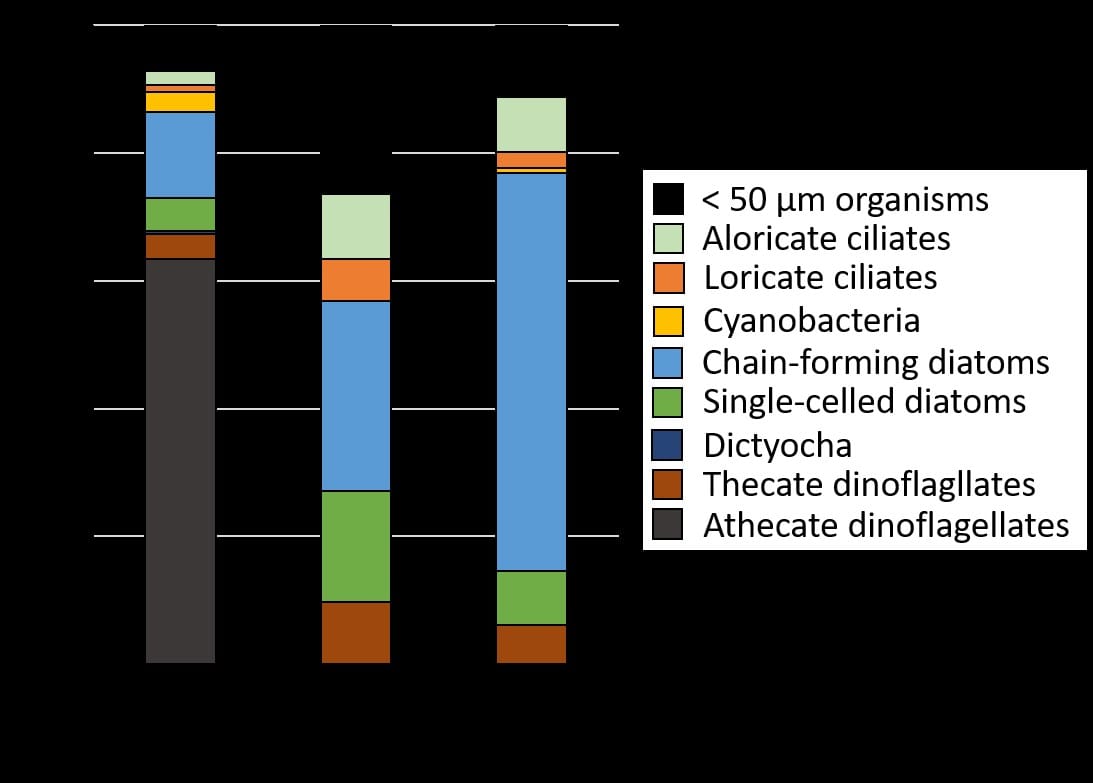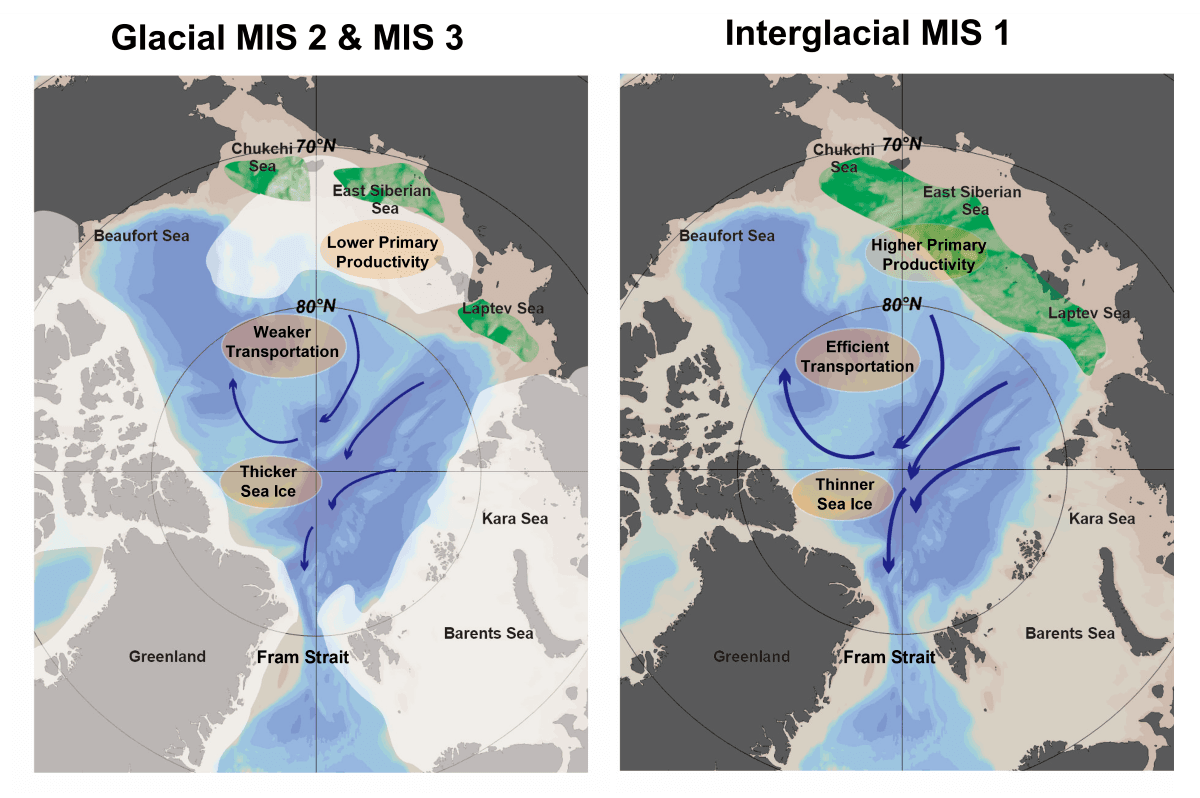Ruo-Yu Pan, Ting-Chun Kuo and Chih-hao Hsieh
Prof. Chih-hao Hsieh and master student Ruo-Yu Pan from the Institute of Oceanography, NTU, together with Prof. Ting-Chun Kuo from the NTOU, unveiled a hump-shaped relationship between aggregation tendency and body size at a within-population scale. Specifically, larger adult fish exhibit a more homogeneous distribution than the smaller adult fish when their mean abundances increase. This study, published in Ecography in September 2021, provides the empirical evidence that larger adult fish are important for the population to maintain more homogeneous spatial distribution, providing insights for managements of size-selective fisheries.
A less heterogeneous spatial distribution is important for population sustainability because it allows the population to spread risk across spaces. The spatial distribution pattern of a population can be influenced by many factors. For example, species with different demographic traits (i.e., r-K life history traits) can have different spatial distribution patterns, due to their difference in habitat requirement, tolerance to environmental stress, and mobility. This research topic has gained attention for comparative studies among species. However, the effect of the demographic traits (e.g., body size) on the spatial distribution pattern is rarely explored empirically within population.
In particular, the team looked into how “aggregation tendency” changed among different size classes of the same population. Aggregation tendency is calculated as the exponent (b) of Taylor’s power law (Variance=a×Meanb), representing how aggregated a population will be when the mean abundance increases. Using a 25-year data of nine commercial important fish species in the North Sea, the authors found a hump-shaped relationship between aggregation tendency and body size, with the peak located at the size slightly larger than the size at maturation (Fig. 1c). The result indicates that larger adults distribute less heterogeneously than the smaller/younger adults (Fig. 1a & b); the larger adults thus play a critical role in maintaining a low heterogeneous spatial distribution. This finding highlights the important issue in fishery management—fisheries-induced size truncation can destabilize the fish population not only by reducing maternal effect (i.e., reduction of recruitment) but also by changing the spatial structure. A more complement fishery management that considers both size and spatial structure, as well as their co-effect, is needed.
Figure 1. The hump-shaped relationship between aggregation tendency and body size within population (c) indicates that larger adults, which have lower aggregation tendency, distribute less heterogeneously (b) than smaller adults (a).
Reference:








